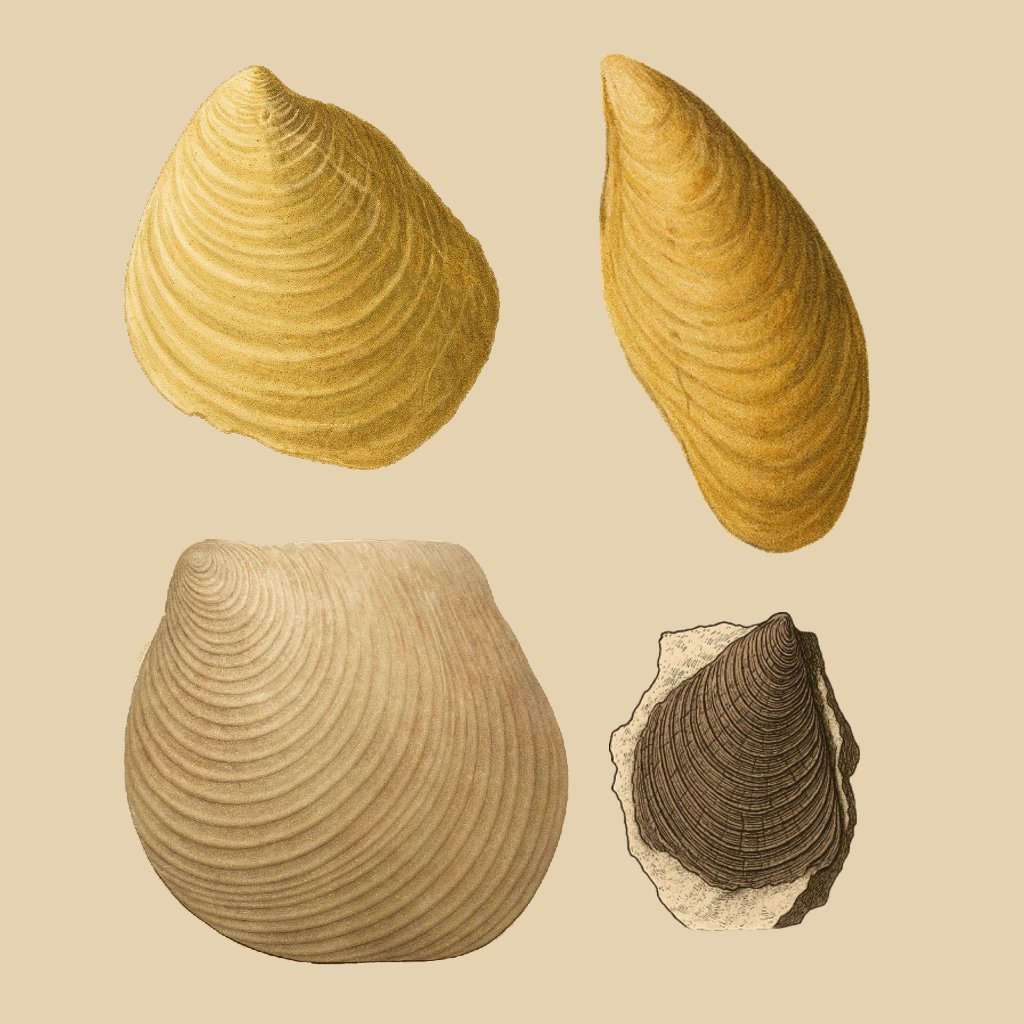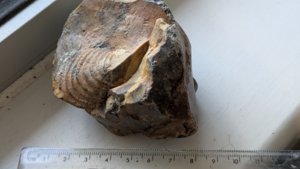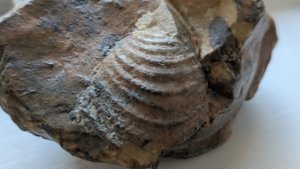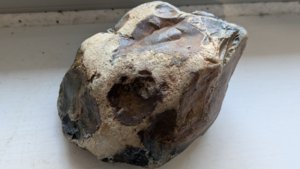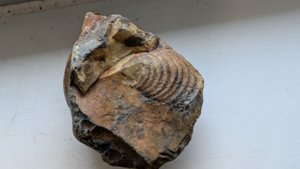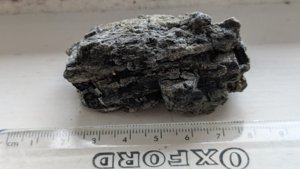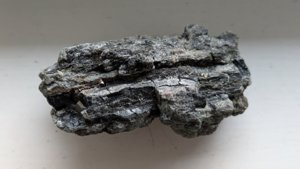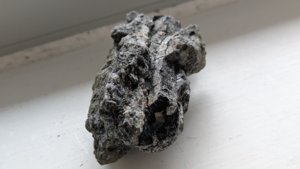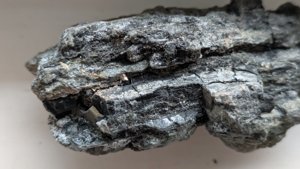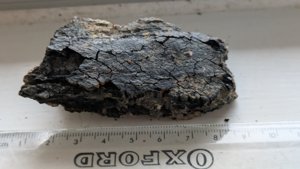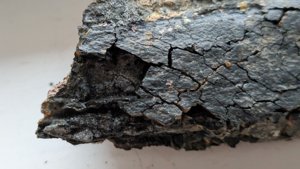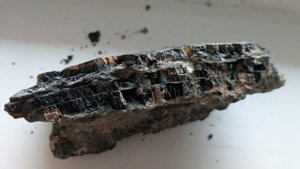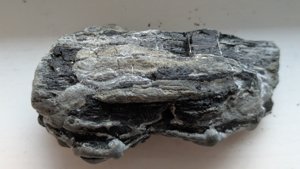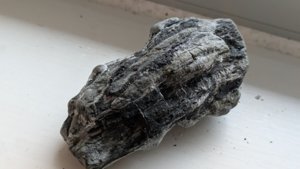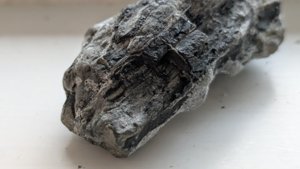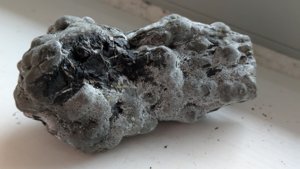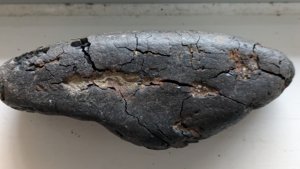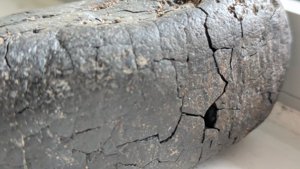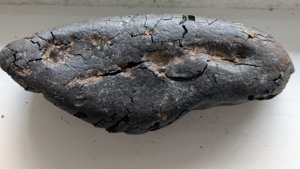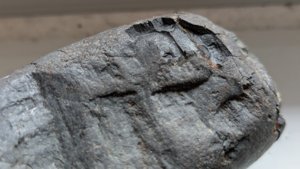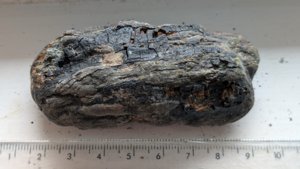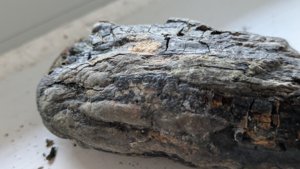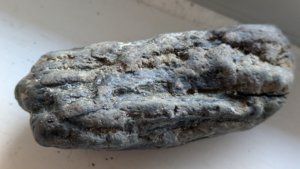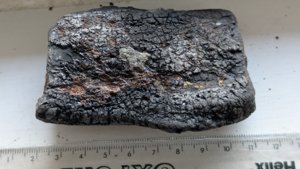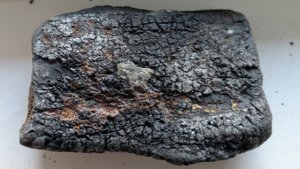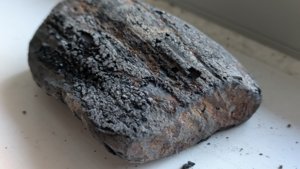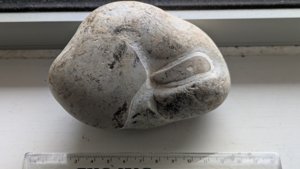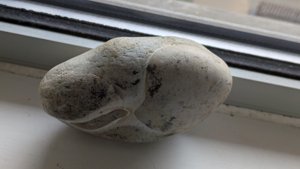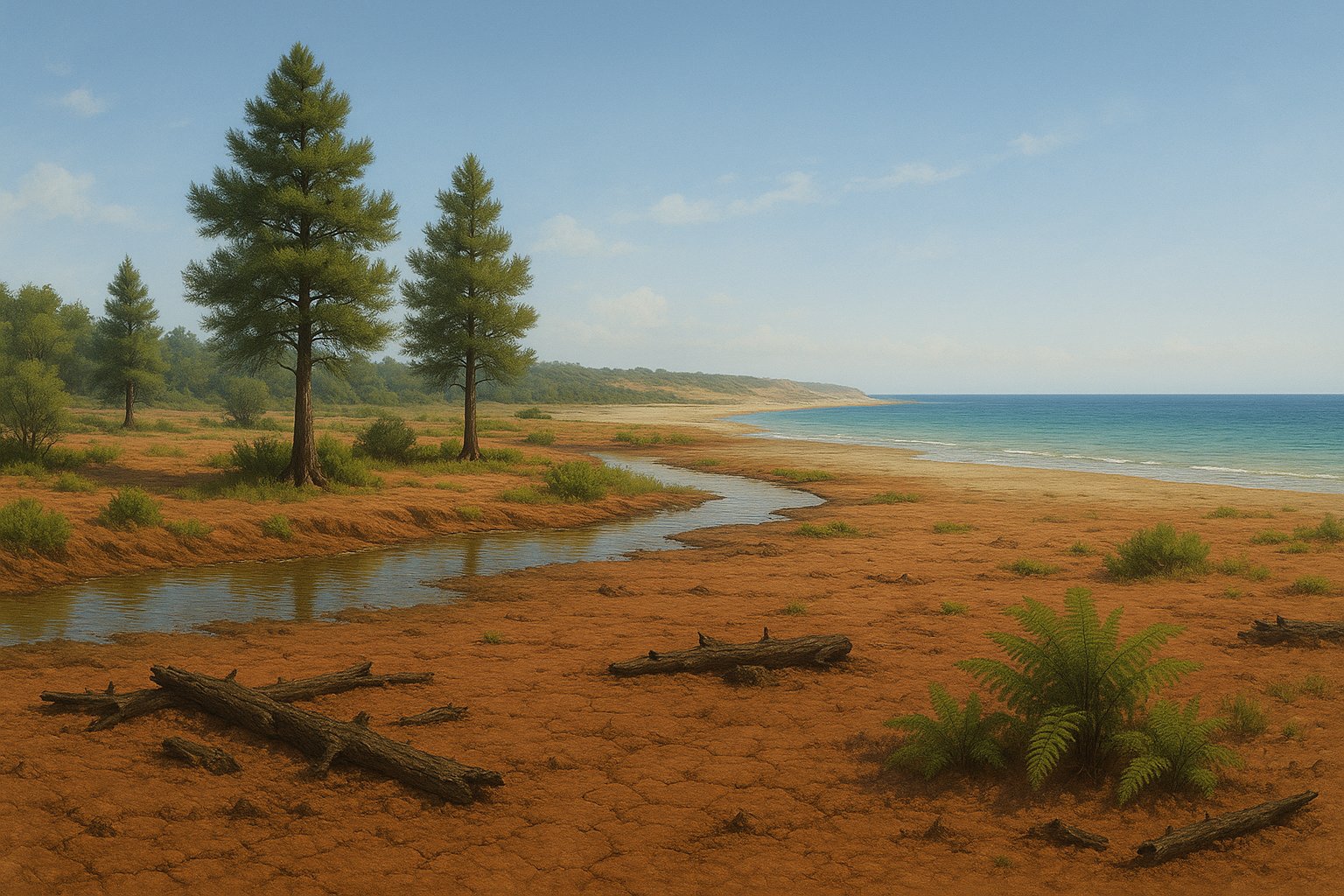
-
: 94-127
-
:
-
: Wessex Formation (Wealden Group) and Zig Zag Chalk Formation
-
: Continental fluvial and lagoonal lowlands shifting to a warm, shallow marine setting. The older Wessex Formation represents river floodplains and muddy lagoons, whereas the overlying Zig Zag Chalk formed in a gradually deepening sea with clear, warm waters
-
: Terrestrial fossils (Wessex Formation): dinosaur bones and footprints, crocodilian and turtle remains, plant debris. Marine fossils (Zig Zag Chalk Formation): ammonites, bivalves, echinoids, sponges (preserved as flint nodules), occasional marine reptile fragments.
-
: Wessex Formation (Early Cretaceous): subtropical river-valley complex – a lowland floodplain with networks of rivers, ponds and swamps. Semi-arid climate, vegetation adapted to drought: dispersed conifer trees and xerophytic ferns. Periodic wildfires, evidenced by charred plant remains in the sediment. Zig Zag Chalk Formation (Late Cretaceous): rise in global sea levels submerged the area entirely under a shallow tropical sea, ending local terrestrial deposition. Warm marine conditions, flourishing microscopic algae (coccolithophores); their calcium-rich skeletal remains rained down to form a thick ooze on the seafloor – the source of the white chalk now exposed in the cliffs

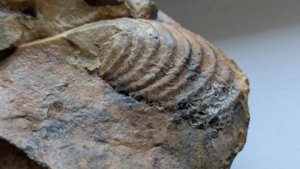
+3
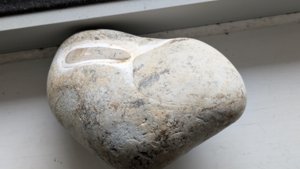
+2


